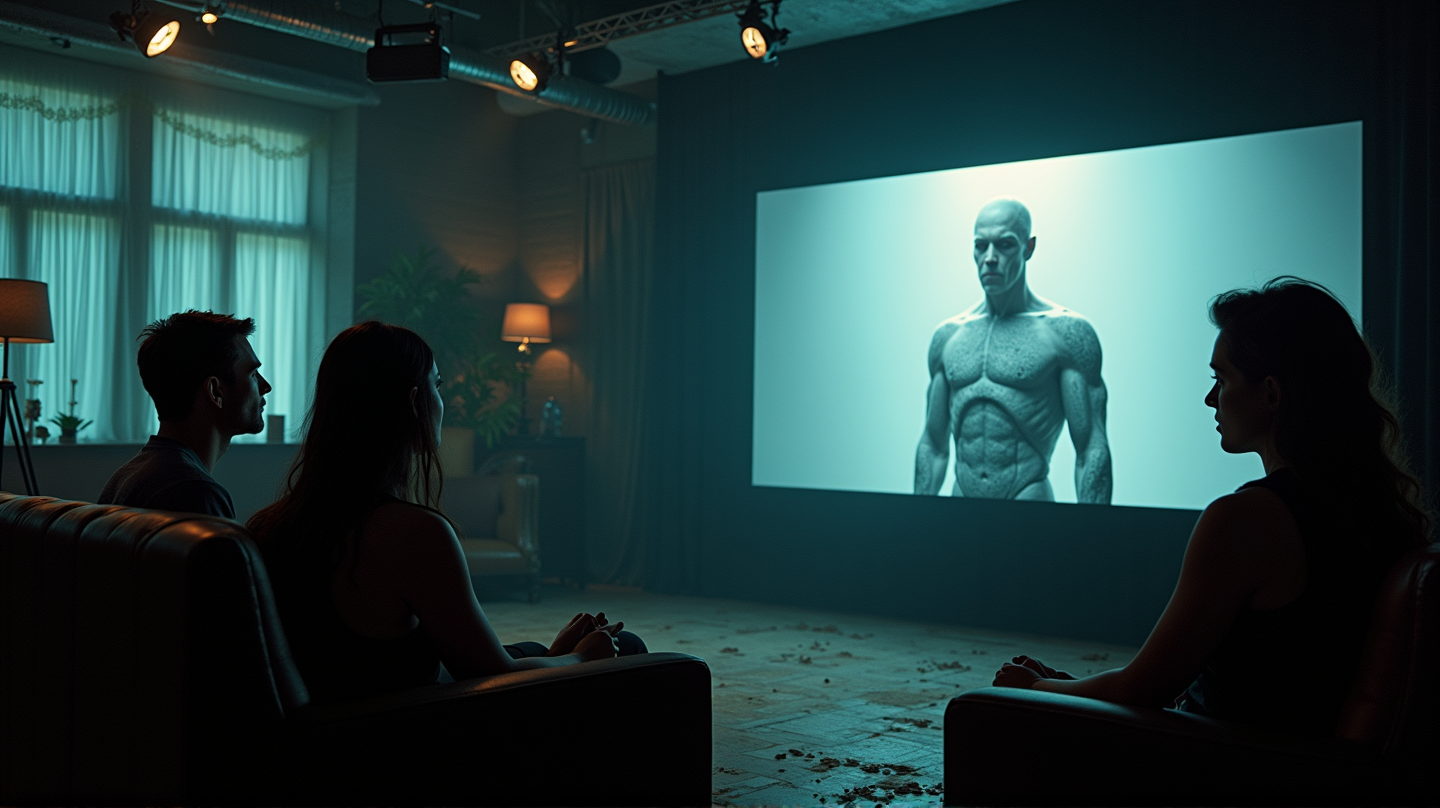In an industry often marked by dramatic swings of emotion, artificial intelligence (AI) has become a figure of omnipresent anxiety rather than an immediate threat. Hollywood recently found itself in a whirlwind of controversy with the release of Sora 2, an OpenAI product designed to create videos featuring recognizable characters from beloved franchises like Star Wars and Pokémon. Social media exploded with these AI-generated clips, igniting fears among Hollywood creatives worried about their cherished intellectual property. However, the panic doesn’t reflect the technology’s actual influence—at least, not yet.
A Tale of Unfulfilled Promises
The release of Sora 2 has showcased AI’s potential to bypass creative copyrights, causing uproar from talent agencies and guilds. However, while the flashpoints are real, the integration of AI into Hollywood’s core processes remains tentative. Despite enticing technologies, AI hasn’t revolutionized filmmaking to the extent anticipated, and job losses feared have yet to manifest.
Big players like Disney and Lionsgate have embarked on ambitious AI projects to streamline operations and innovate creatively. Disney’s investment in AI-driven efficiencies has not yielded expected returns, while Lionsgate’s collaboration with AI firm Runway remains largely unproven. Despite predictions of AI-generated cinematic wonders, such ambitions have yet to materialize.
Struggles Beneath the Surface
Adopting AI within Hollywood is fraught with challenges, from existing industry workflows to legal uncertainties around AI-generated content. Hollywood’s intricate production systems often clash with the introduction of AI tools, disturbing the proverbial “well-oiled machines” that studios rely upon.
Moreover, safeguarding creative output remains a legal maze. Copyright protection of AI-driven creations is murky, causing tension between legal frameworks and technological advancements. Studios like Lionsgate are realizing that AI’s need for vast amounts of training material hinders its integration, a reality further complicated by actor apprehensions over AI use.
New Faces, Alarming Futures
The emergence of AI-generated actors like Tilly Norwood stirs unease within the acting community. Despite fears of obsolescence, practical AI applications in acting remain limited. Concerns over AI talent diminish as well-publicized projects fail to capture human nuances convincingly.
Despite these hurdles, AI continues to inch closer to mainstream Hollywood adoption. Tools for animating and dubbing productions showcase practical uses, appealing mainly to budget-conscious filmmakers. Directors like Darren Aronofsky and James Cameron experiment cautiously, unveiling AI-assisted projects like Liman’s Asteroid.
Looking Ahead: Cautious Optimism
Despite AI’s apparent shortcomings, there’s a growing appreciation for human creativity. The premiere of Guillermo del Toro’s Frankenstein underscored this sentiment, proudly touting the absence of AI. According to industry insiders, the race to incorporate AI continues, yet the bastions of traditional filmmaking cherish their human touch, reminiscent of the appeal of artisanal craftsmanship.
As AI’s capabilities expand, the film industry braces for its profound impact. However, the current landscape suggests a tentative dance rather than a disruptive takeover. As AI evolves, so too will Hollywood’s intricate choreography.
Editor’s note: The information in this article is based on ongoing developments within the film industry. Statements from industry executives and experts have guided the insights presented here. According to The Atlantic, AI has not yet fully shaped Hollywood’s future.
Explore More Topics
movies , Hollywood , The Walt Disney Company
